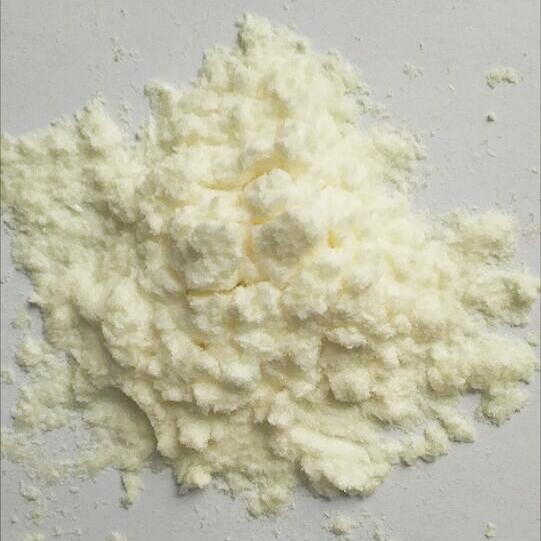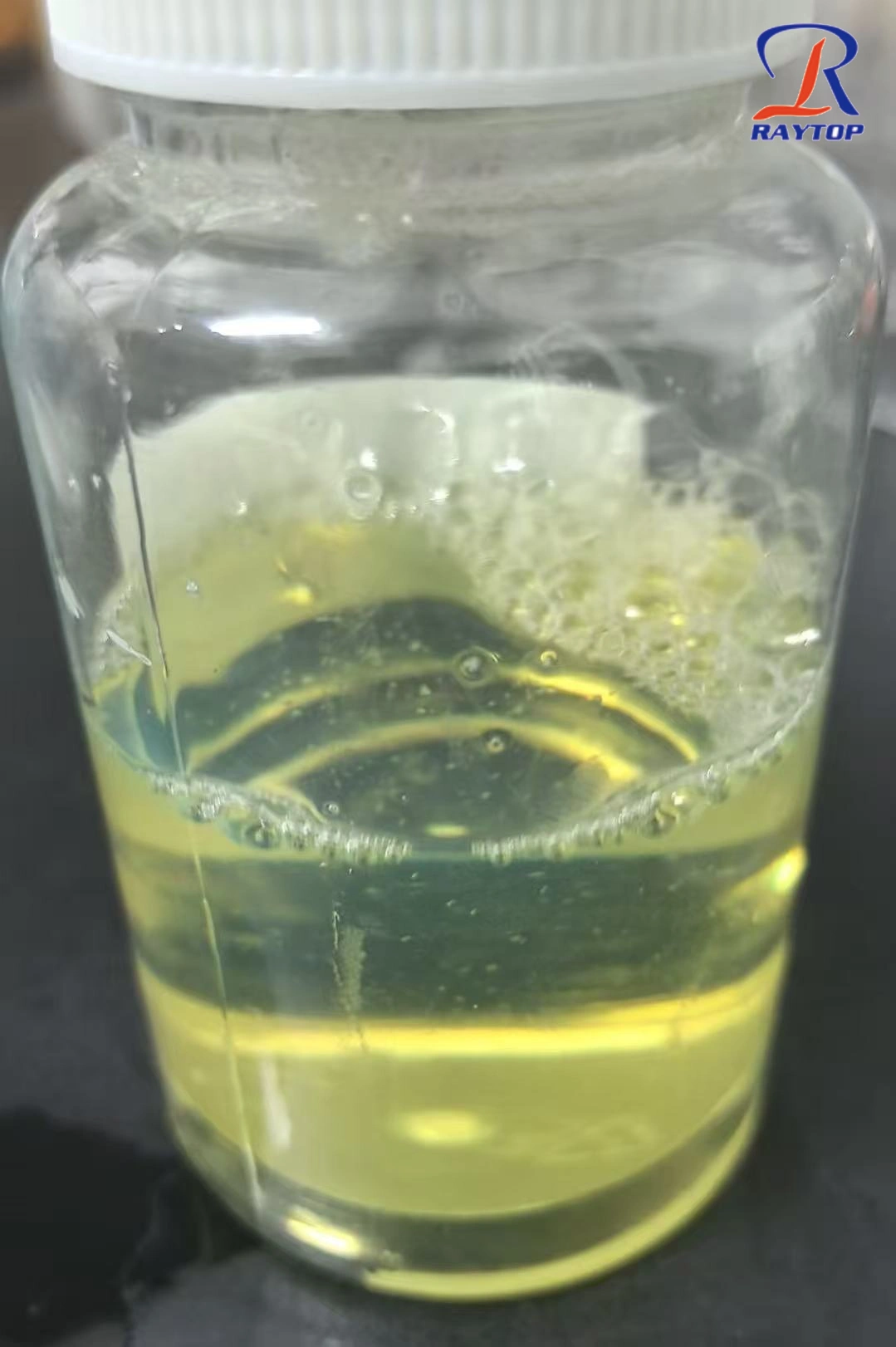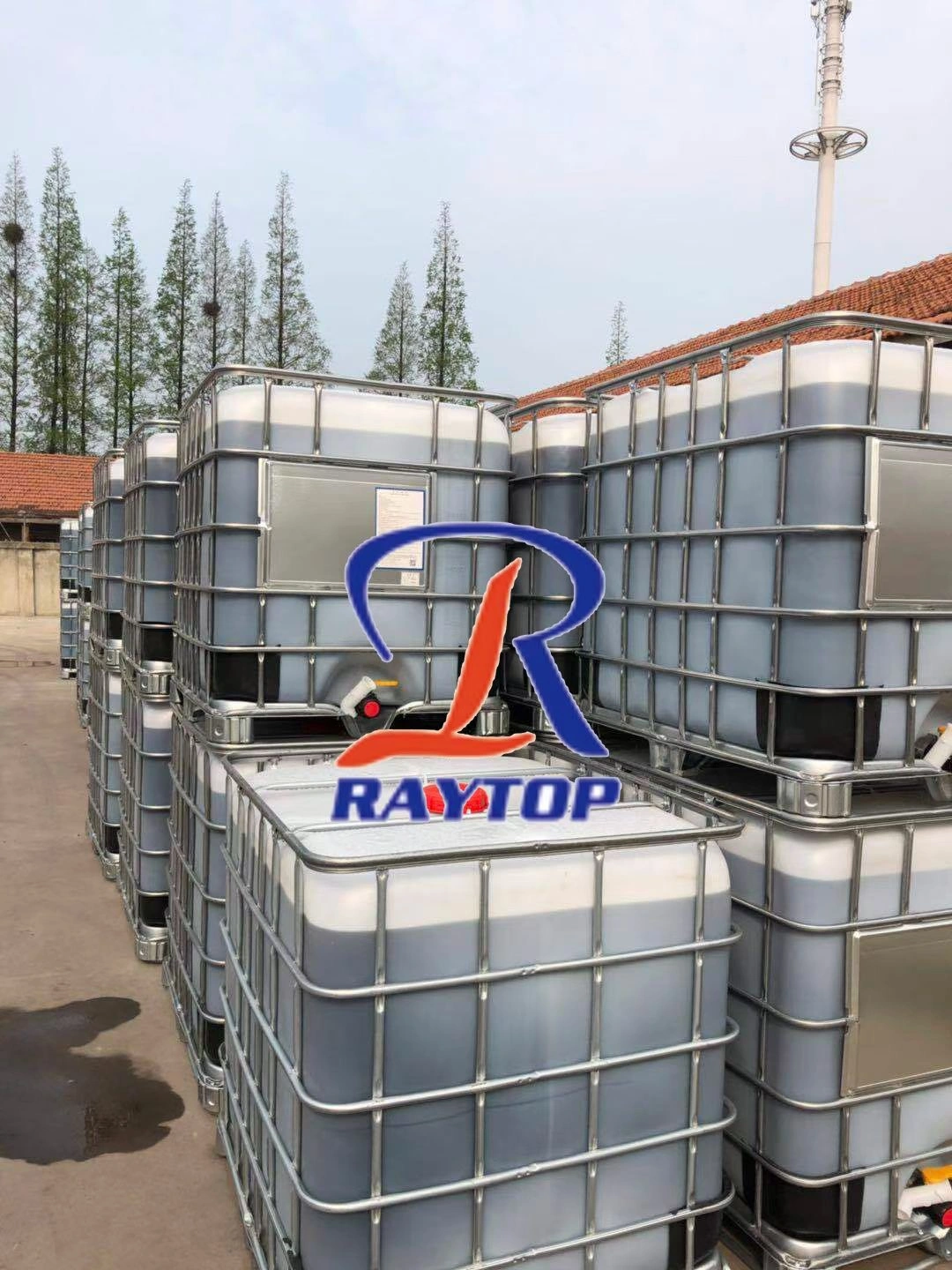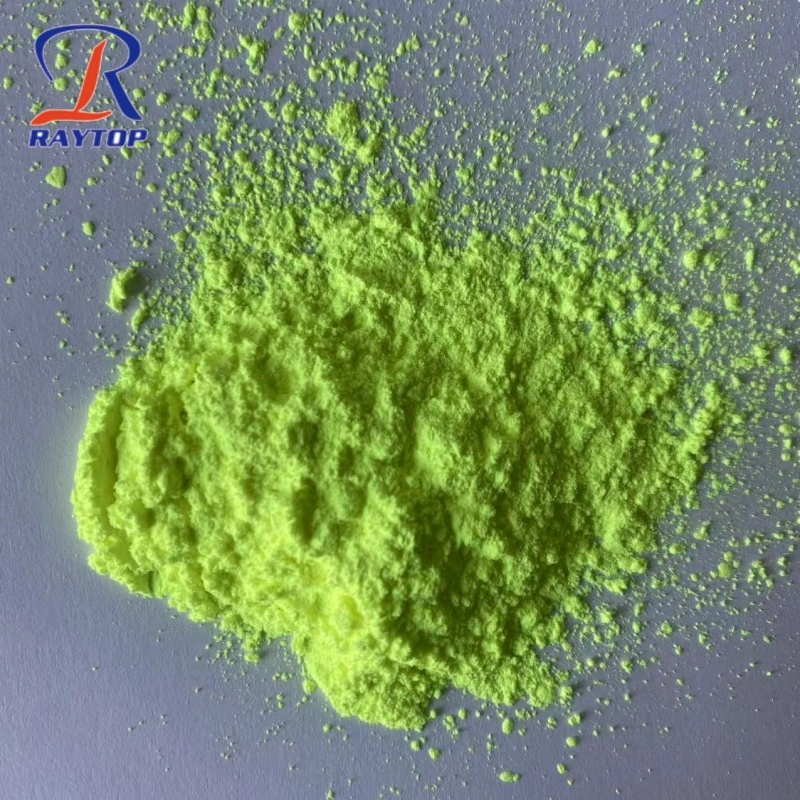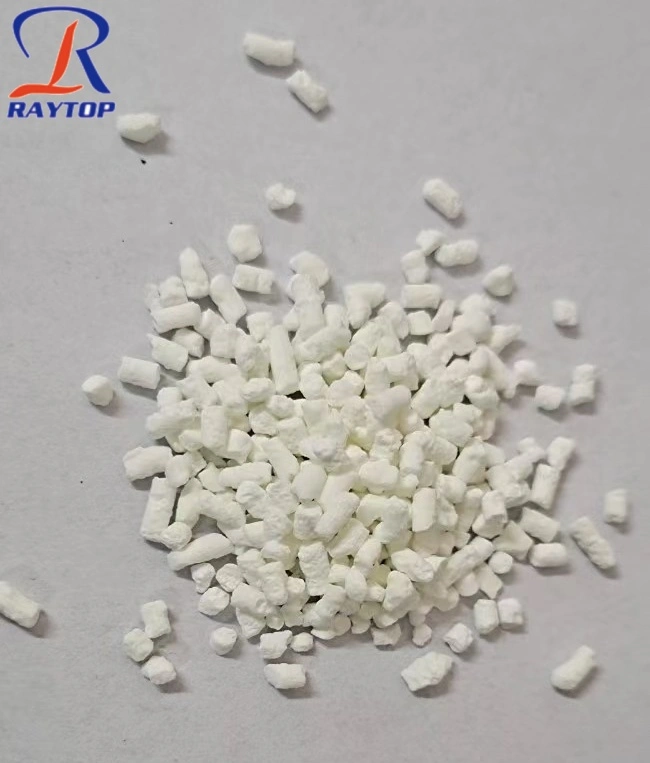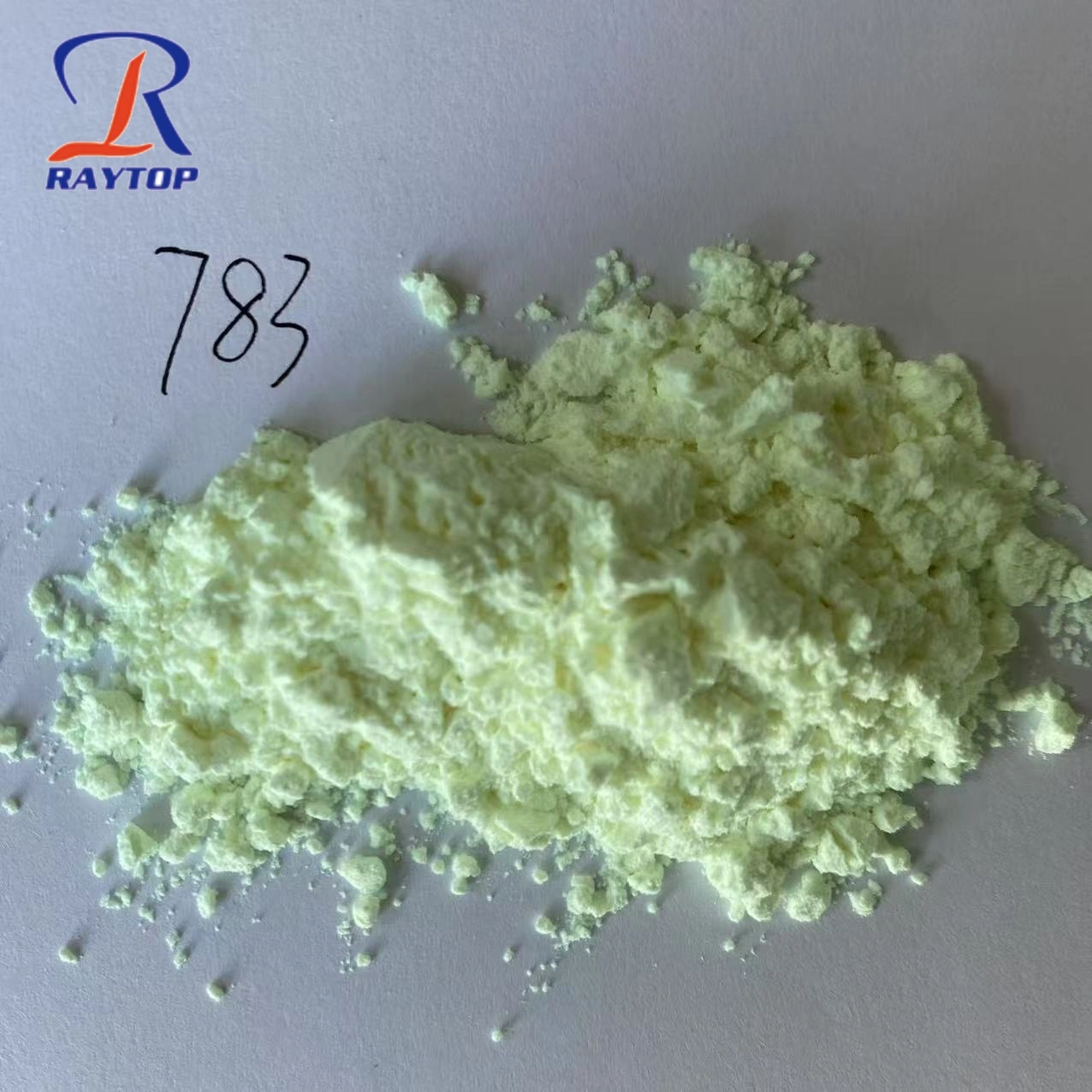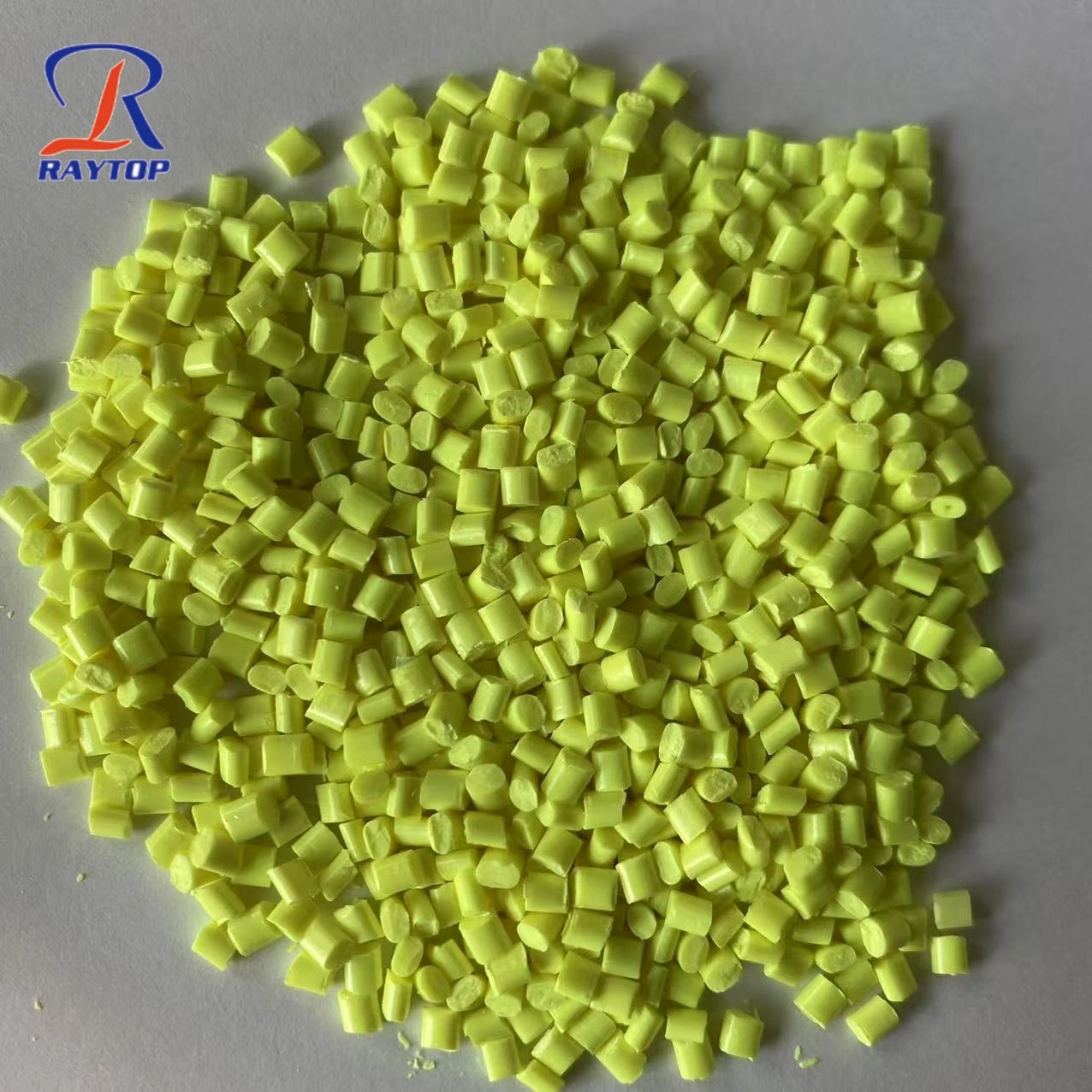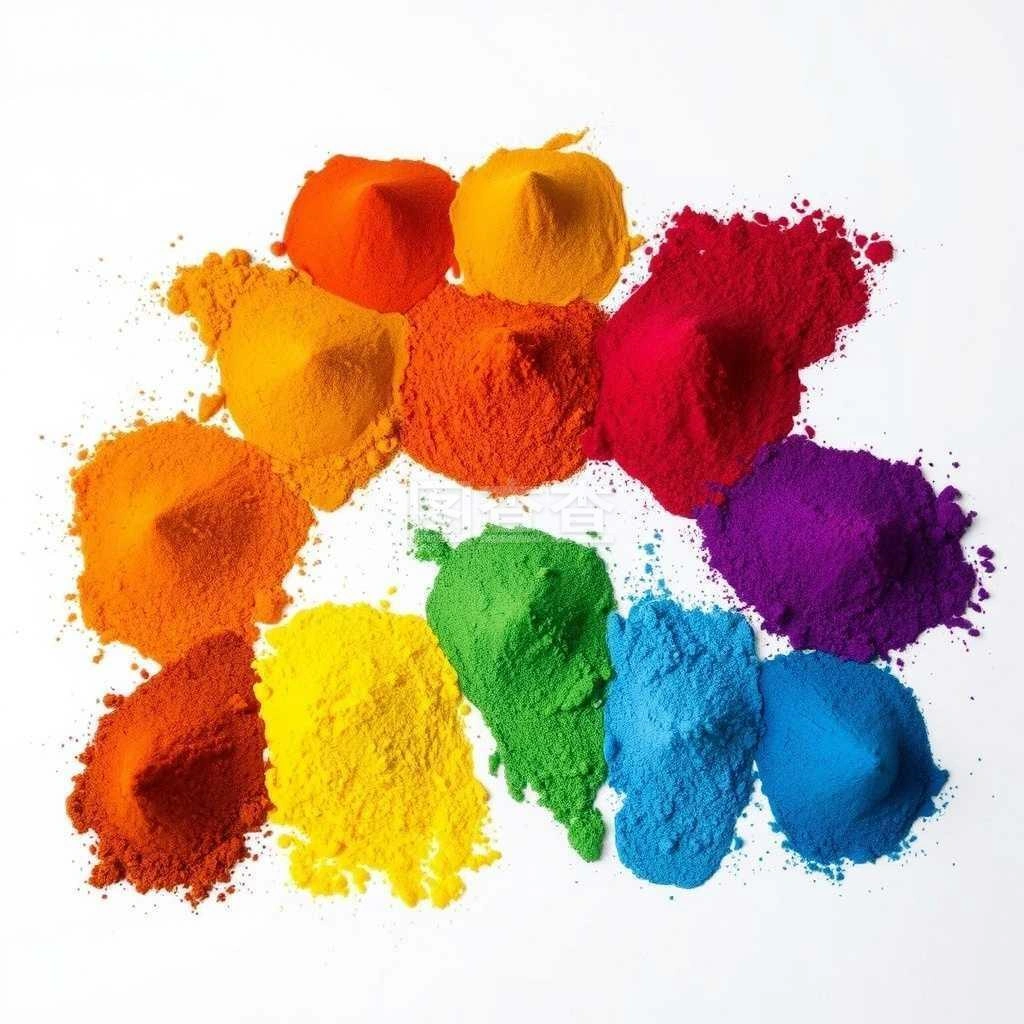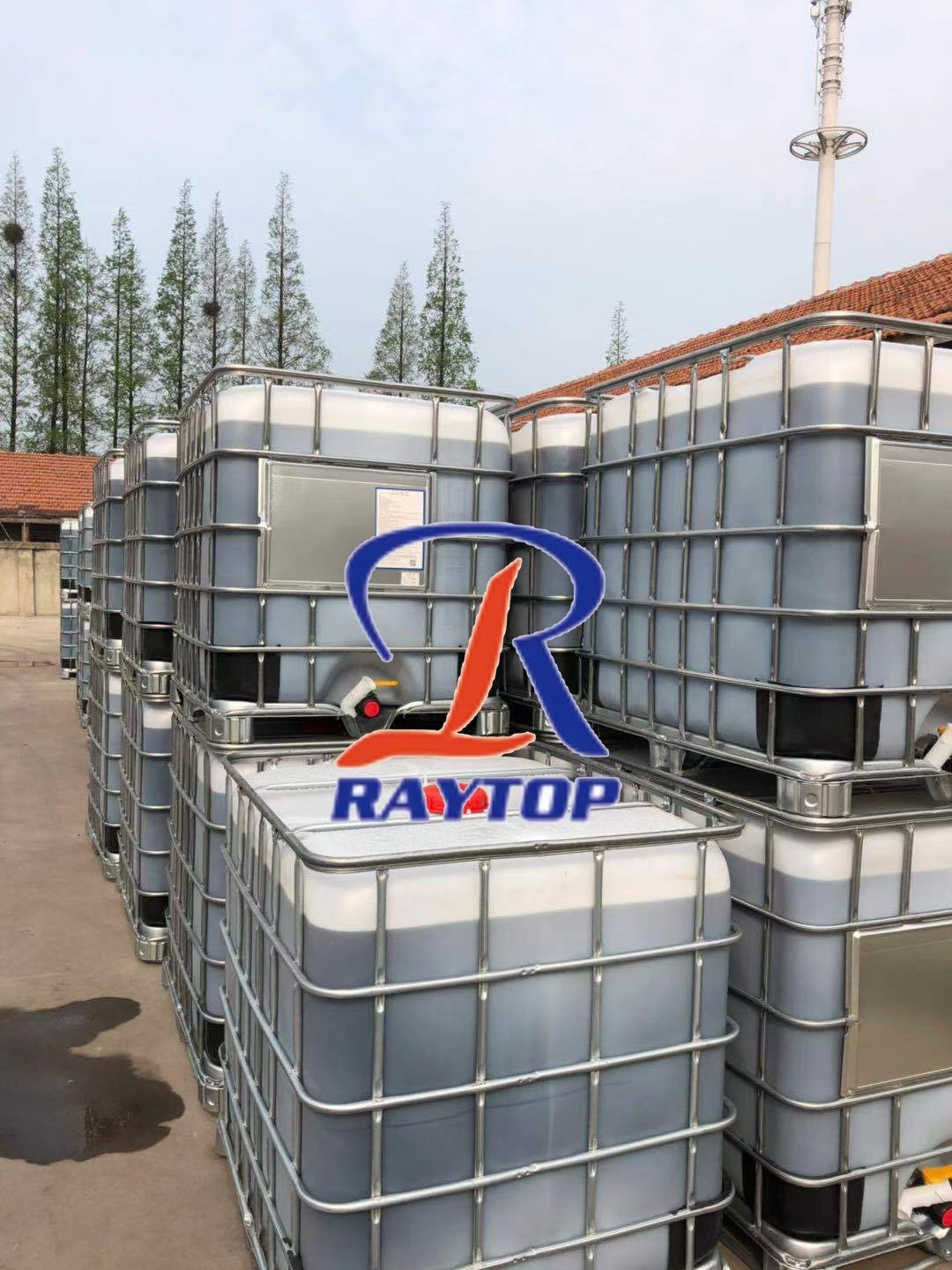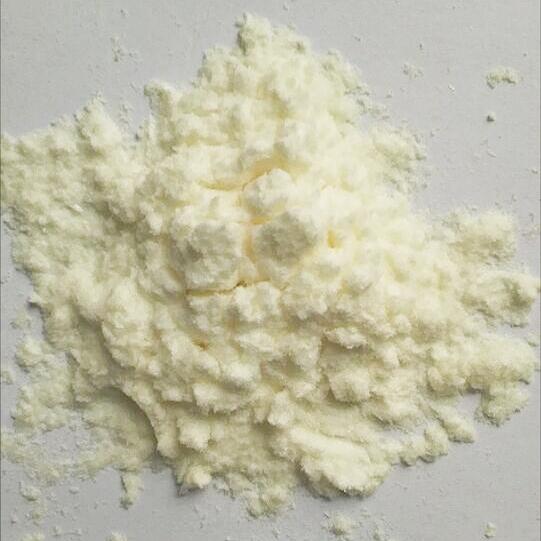
What's the difference between external absorbent and ultraviolet stabilizer, which are widely used and have such a great effect?
UV absorbers and UV stabilizers are both important chemical additives
UV absorbers and UV stabilizers are both important chemical additives to protect and maintain the properties of organic materials, but they are somewhat different in function. Ultraviolet absorbers can convert harmful ultraviolet rays into harmless heat energy through the conversion of their special chemical structure, so as to avoid the high energy of ultraviolet rays breaking the molecular chains of organic materials, thus losing the properties of polymer materials; UV stabilizers can be understood as trapping agents of harmful free radicals. Once some ultraviolet rays break through the protection of UV absorbers and break the molecular chains of organic materials to form harmful polymer free radicals, UV stabilizers can timely capture harmful free radicals into harmless and stable small molecular structures. Usually, people will add UV absorbers and UV stabilizers to organic materials in a certain proportion, and their protective performance is often better than that of UV absorbers or UV stabilizers alone.
The popular models are UV 531,UV-P,UV 234 ,UV 770,UV 944,UV 1010,UV 622,UV 1010,UV 1076 etc.
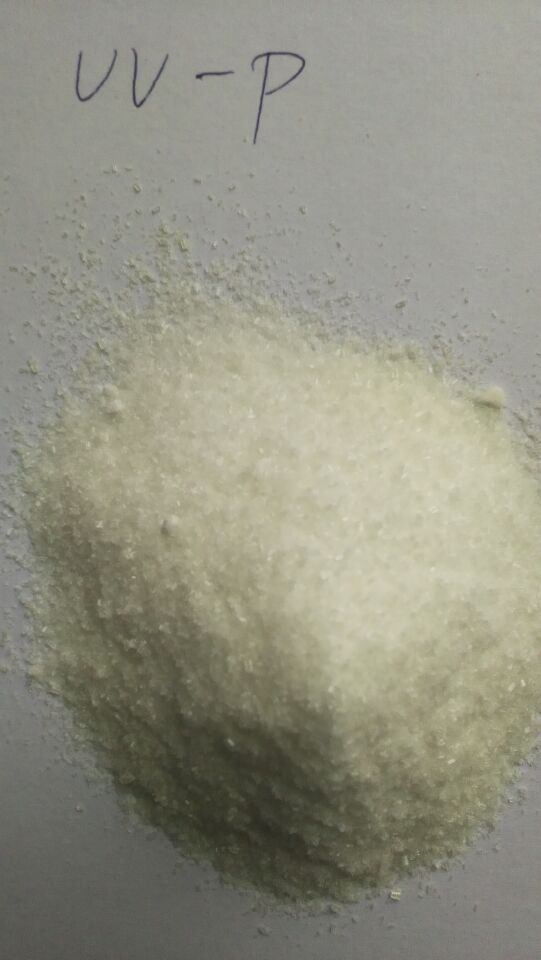
UV absorbers and UV stabilizers are the general term of two types of products, under which there are many different types, forming a large industrial system. The common mainstream types of UV absorbers in the market are benzophenones, benzotriazoles, triazines, etc., which are different in UV shielding performance and application industry; The UV absorbers produced by Yongguang chemical in Taiwan are mainly benzotriazole and triazine, which are mainly used in coatings, optical films and other industries; UV stabilizers are also a general term. The industry often produces many qualities according to their alkalinity, and there are also differences in the appearance of powder and liquid. The main UV stabilizers produced by raytop chemical are all liquid, which are more suitable for use in coatings.
UV stabilizers and UV absorbers have different functions in protecting polymer materials from weathering and aging
UV stabilizers and UV absorbers have different functions in protecting polymer materials from weathering and aging. UV absorbers belong to physical protection, and UV stabilizers belong to free radical trapping agents, which are recycled in the process of action. The efficacy of UV stabilizers and UV absorbers is related to the molecular structure, polarity, thickness, density, acidity and alkalinity, pigments and fillers of protected organic products. There are many kinds of UV stabilizers and UV absorbers, such as UV 531,UV-P,UV 234 ,UV 770,UV 944,UV 1010,UV 622,UV 1010,UV 1076 etc.
UV stabilizers are generally divided into hindered amine UV stabilizers and UV absorbers. To capture the free radicals produced by the chain breaking of the plastic under light, and prevent the further chain breaking reaction of the plastic to ensure the service life of the plastic. UV absorbers absorb the energy of sunlight into the plastic to prevent the plastic from aging.
Ultraviolet absorber is an ultraviolet stabilizer, which can absorb the ultraviolet part of sunlight and fluorescent light source without changing itself.
Because the sunlight contains a large amount of ultraviolet light harmful to colored objects, with a wavelength of about 290-460 nm, these harmful ultraviolet light decompose and fade color molecules through chemical redox reaction
There are both physical and chemical methods to prevent harmful ultraviolet light from damaging color
Which substances are UV absorbers?
At present, most of the ideal UV absorbers / UV stabilizers are compound
In particular, the combination of salicylates, BENZONES, benzotriazoles, substituted acrylonitrile, triazines and hindered amines can achieve a more rational effect than any single UV absorber
UV absorbers should meet the following conditions:
It can strongly absorb ultraviolet light (especially at the wavelength of 290-400nm);
Good thermal stability, even in processing, it will not change due to heat, and the thermal volatility is small;
Good chemical stability, no adverse reaction with the material components in the product;
Good miscibility, can be evenly dispersed in the material, no frost spray, no exudation;
The photochemical stability of the absorbent itself is good, without decomposition and discoloration;
Colorless, non-toxic and odorless;
Immersion resistance;
Cheap and easy to get;
Insoluble or insoluble in water
Instructions for UV absorber
1. Main uses of UV absorber:
It can effectively absorb ultraviolet light with a wavelength of 270-380 nm, and is mainly used for PVC, polystyrene, unsaturated resin, polycarbonate, polymethylmethacrylate, polyethylene, ABS resin, epoxy resin and cellulose resin; It is suitable for photosensitive materials such as color film, color film, color photo paper, polymer and many other fields; It is especially suitable for colorless, transparent and light colored products; It is a high-performance ultraviolet absorbent with strong absorption.
2. Outstanding features of UV absorber:
Ultra strong ultraviolet absorption capacity; Effectively prevent the damage and carcinogenicity of ultraviolet rays to the skin, and greatly improve the anti-aging performance of the product. It hardly absorbs visible light and is the preferred ultraviolet absorber for colorless, transparent and light colored products; Non flammable, non corrosive, good storage stability; It has good compatibility with a variety of polymers, has long-term antioxidant and yellowing resistance, and can be used together with general antioxidants; High safety.
3. Physical and chemical indexes of UV absorber:
UV absorber appearance: light yellow powder melting point: 138 ℃ -141 ℃, ash: ≤ 0.05%, volatile: ≤ 0.1%, light transmittance: 460nm ≥ 95%; 500 nm ≥ 97% solubility: soluble in benzene, toluene, styrene and other solvents, slightly soluble in ethyl acetate, petroleum ether, insoluble in water
4. Usage of UV absorber:
The general dosage of ultraviolet absorbent in thin products is 0.1-0.5%, and that in thick products is 0.05-0.2%. Addition amount under other process conditions: 0.05-0.3%.
Application and characteristics of ultraviolet absorbent products
As an ultraviolet absorber, this product is mainly suitable for polyester, epoxy cellulose acetate, PVC, polystyrene, plexiglass, polyacrylonitrile resin, etc. The maximum absorption wavelength range is 270-380nm. General dosage: 0.1-0.5% for thin products and 0.05-0.2% for thick products.
Used as ultraviolet absorber for polyester, polystyrene, acrylic resin, PVC and other plastics, fibers and coatings
Chinese Name: ultraviolet absorber UV-P
English Name: drometrizole
CAS no.:2440-22-4 molecular formula: c13h11n3o molecular weight: 225.2459
To view the detailed structural formula of the compound, mol file, smile, Inchi, please click: UV absorber UV-P structural formula
Price: UV-P price of UV absorber
